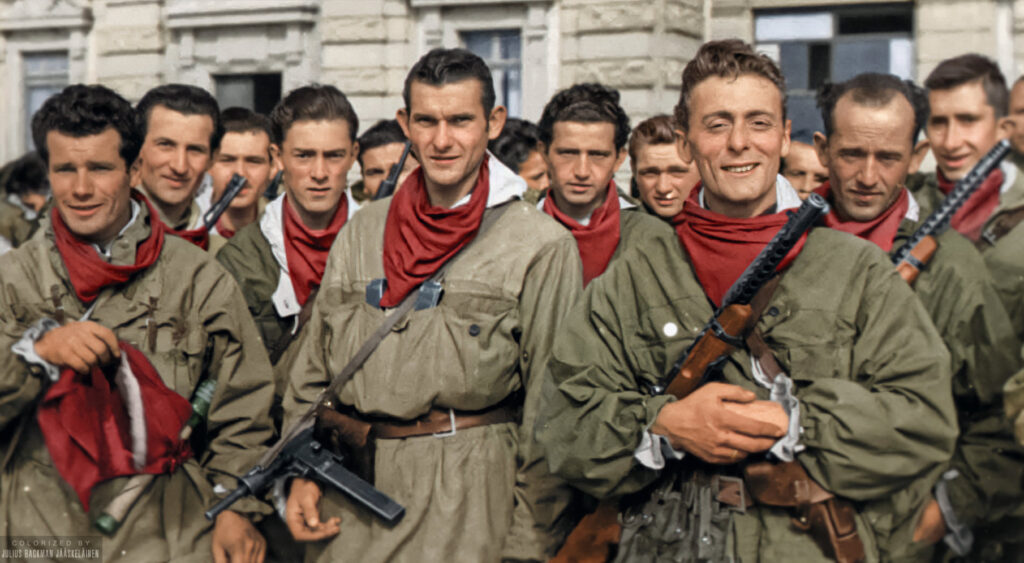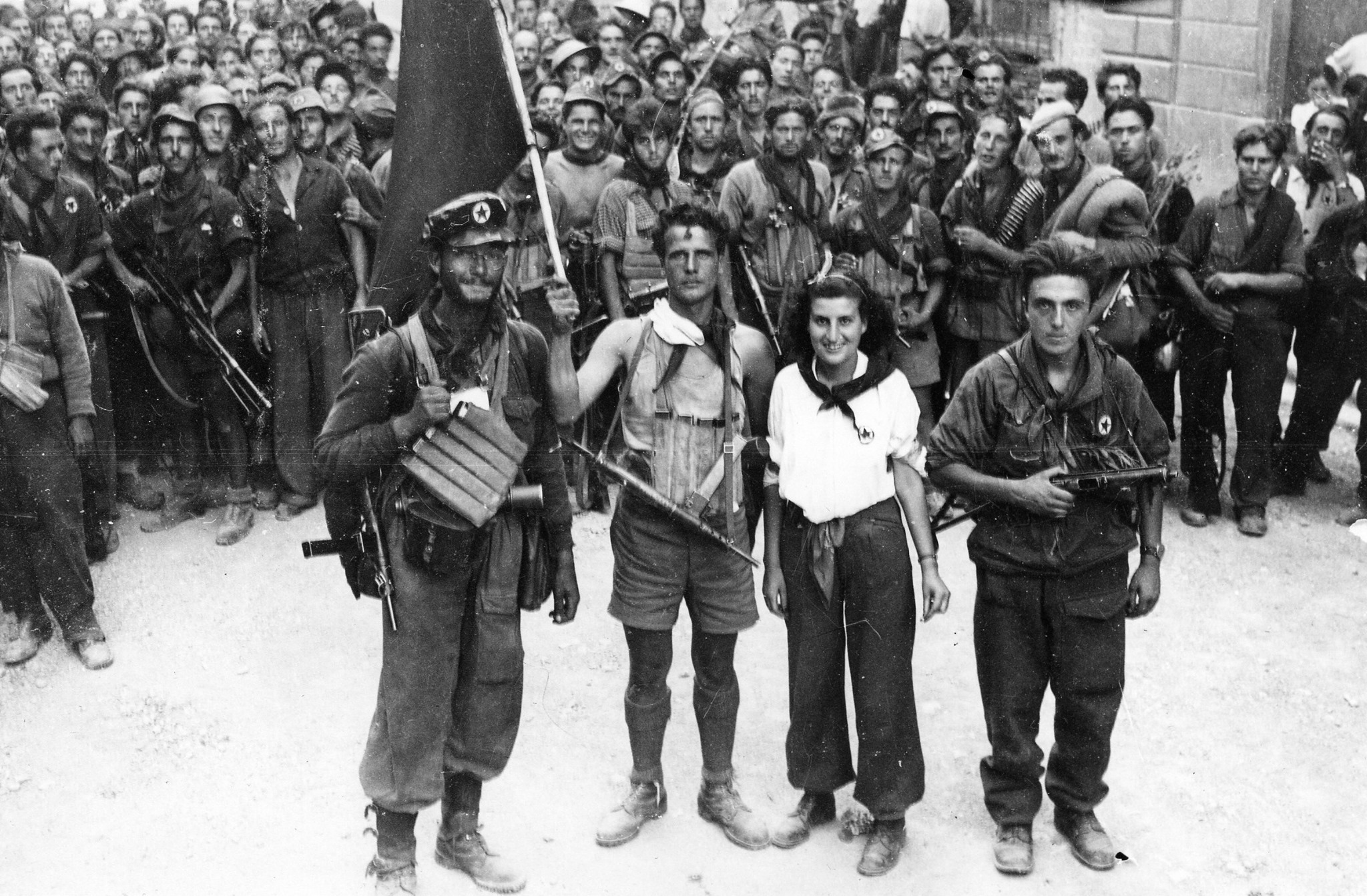The latest in a series of historical articles on WW2 by Andy Ford
Eighty years ago, in October 1943, the imposing edifice of Italian fascism collapsed, as Italy switched sides – from an alliance with Nazi Germany to an accommodation with British and American imperialism.
The defeat, or, more correctly, the annihilation, of the Italian 6th Army at Stalingrad in January 1943 played a key part in the collapse. Almost every family in Italy lost a son in the frozen steppes on the Volga. And when the survivors were repatriated people got an idea of the reality of the war in Russia as opposed to the propaganda of the fascists.
Reaction was swift. On March 6th there was a total strike at the FIAT factory in Turin, led by underground members of the Communist Party. In two weeks the strike spread to railways and factories across the northern industrial belt. Mussolini, shaken, ordered the arrest of hundreds of workers. But the strike showed that resentment against Mussolini and his war was turning to active opposition. One of the partisan oaths tapped into the defeat at Stalingrad – “For every Italian who died at Stalingrad, ten fascists will be done in.”

End of Mussolini
The Italian ruling class were quite aware that Mussolini’s days were numbered. On July 25th, he was deposed, arrested and replaced by his Chief of Staff, Marshal Badoglio. With the regime’s weakening lifting, the socialists and communists began to emerge from the underground and organise openly. Badoglio opened secret negotiations with the allies, which resulted in an armistice, the Armistice of Cassibile, on September 3rd.
The result was chaos as dozens of Italian divisions were deployed in the Balkans and a few still in Russia. The commanders had no clear instructions – some carried on fighting with the Germans, some just gave up, and some switched to fighting with the allies as the ‘Co-Belligerent Army’.
Outside Italy, the Nazis arrested most of the Italian soldiers in Axis territory and sent them to Germany as forced labour – where many died. In some cases they disarmed the Italians and then brutally massacred them. One such incident, in Cephalonia, resulted in the murder of 5,200 Italian POWs, and is the basis for the book and film ‘Captain Corelli’s Mandolin’.
German occupation
Hitler could not allow his Italian ally to simply switch sides. The German occupation of Italy took place over the week of 12th – 19th September to deter Romania, Hungary and Finland from following the same path, and to stop the allies advancing north to the very border of the Reich. Rome was occupied on September 10th after a bitter battle with partisans at Porta San Paulo. The King and Badoglio fled to Brindisi, thus destroying their credibility.
Across Italy partisans began a guerrilla war against the Germans and their Italian puppets. This was dramatised in the Roberto Rossellini film ‘Paisan’ in which the partisans attack the occupiers from the marshes along the Adriatic coast. The activation of working-class resistance to the Nazis terrified the allies, who at all costs needed to preserve the rule of capital in Italy and Europe.
The declaration of war on Germany by the Badoglio government on October 13th was part of a strategy by the Italian ruling class to save themselves and their property from their own people, and by the western powers to try to prevent workers liberating themselves across Italy and maybe setting up some sort of socialist or communist government. This strategy was picked up by Ted Grant and brilliantly analysed in his “Aid the Italian Revolution’ of 1943. [Ted Grant – Aid the Italian Revolution!].
A regime of 20 years duration had collapsed in 46 days. No-one mourned it!



